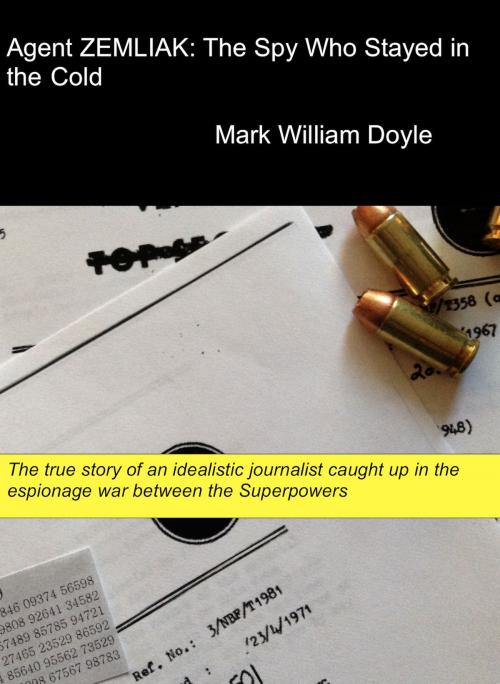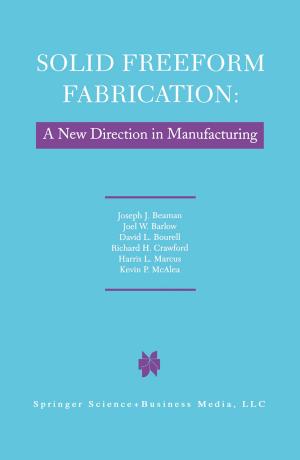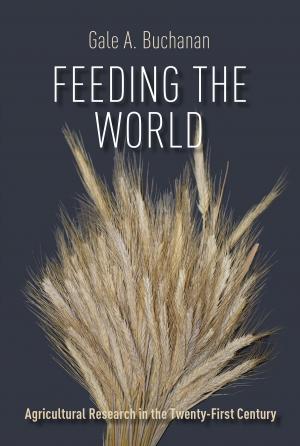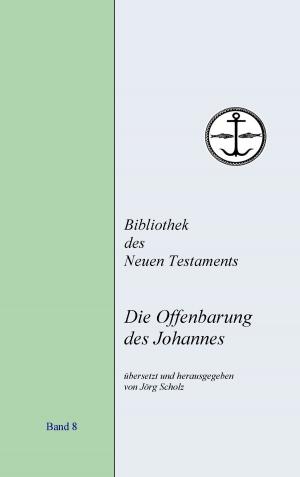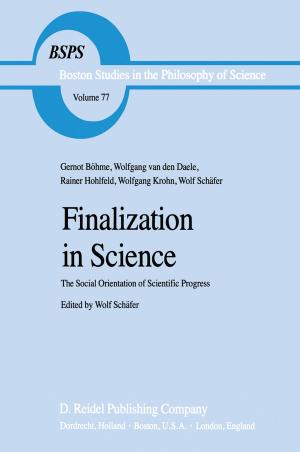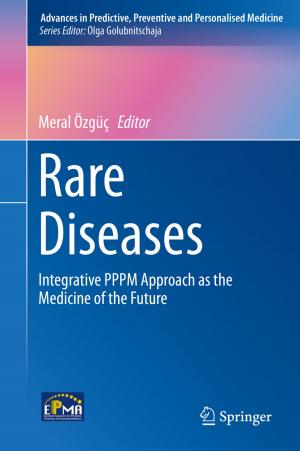| Author: | Mark William Doyle | ISBN: | 9781310541025 |
| Publisher: | Mark William Doyle | Publication: | November 13, 2015 |
| Imprint: | Smashwords Edition | Language: | English |
| Author: | Mark William Doyle |
| ISBN: | 9781310541025 |
| Publisher: | Mark William Doyle |
| Publication: | November 13, 2015 |
| Imprint: | Smashwords Edition |
| Language: | English |
A full ten years before downed American U2 pilot Francis Gary Powers was exchanged in 1962 on the Glienicke Bridge in Berlin for Rudolf Abel, a Soviet spy captured by the US, the espionage Cold War was already well under way. In 1952 Soviet intelligence had an agent under development codenamed ZEMLIAK, who had access to the highest levels of Government in Australia. Through this access the Soviets fully expected ZEMLIAK to betray highly secret US and British intelligence.
Through a complex chain of events Agent ZEMLIAK was identified as young Australian journalist Fergan O’Sullivan, who after he had begun contacts with Soviet intelligence officials had become Press Secretary to Dr. H. V. Evatt, widely thought likely to become Australian Prime Minister in the 1954 election.
This is the true story of the events that led the Australian security services to identify ZEMLIAK. It begins with the highly secret US signals intelligence program known as VENONA that decrypted intercepted Soviet diplomatic and intelligence communications transmitted between 1940 and 1948. This led to the identification of the KLOD network, an active Soviet spy ring operating in Australia with access to Government secrets. The urgent need to disrupt the KLOD network led to the creation of a new Australian security service, the Australian Security Intelligence Organisation (ASIO). Through the diligent work of newly appointed ASIO officers, and with British MI5 assistance, they encouraged the defection of the most senior Soviet intelligence officer in the Cold War to date, Australian station chief Vladimir Petrov. Petrov was the Soviet intelligence officer responsible for the development of Agent ZEMLIAK into a fully-fledged Soviet 'illegal', which is the name given to a deep cover spy without any official Soviet status. Soviet intelligence had every hope that O'Sullivan would be as successful a spy in Australia as Philby, Burgess and Maclean, all members of the "Cambridge five" spy ring, were in the UK.
At the insistence of the American authorities, seeking at all costs to protect the secrets of the VENONA decryption operation, British intelligence was forbidden from revealing the source of VENONA intelligence to ASIO. The Australians settled on a plan to encourage Petrov to defect, and to call a Royal Commission on Espionage to publicly examine information he provided and expose the KLOD network. Unexpectedly after he had defected Petrov revealed to ASIO and MI5 the existence and identity of the highly placed Agent ZEMLIAK.
Fergan O’Sullivan appeared as a witness before Royal Commission on Espionage to explain a controversial document he had provided to the Soviets, which was later to become known as the infamous 'Document H', and account for his his association with Soviet intelligence. The evidence he provided to the Royal Commission produced front-page sensational headlines across Australia and the globe.
Our story concludes with the highly critical verdict of the Royal Commission regarding O’Sullivan’s contacts with Soviet intelligence and the dramatic impact it would have on his future life and career.
ASIO and MI5 had succeeded in disrupting the KLOD network and Agent ZEMLIAK. They did so while protecting the highly secret US VENONA program, but at what cost to the witnesses who appeared before the Royal Commission on Espionage? And, more immediately, at what cost to Vladimir Petrov and his wife Evdokia, a fellow Soviet intelligence officer who had also defected. The Soviets would not take the defection of their most senior officer in the Cold War to date lying down, and as the Australians and British had suspected they had initiated plans to have Mr. and Mrs. Petrov assassinated.
A full ten years before downed American U2 pilot Francis Gary Powers was exchanged in 1962 on the Glienicke Bridge in Berlin for Rudolf Abel, a Soviet spy captured by the US, the espionage Cold War was already well under way. In 1952 Soviet intelligence had an agent under development codenamed ZEMLIAK, who had access to the highest levels of Government in Australia. Through this access the Soviets fully expected ZEMLIAK to betray highly secret US and British intelligence.
Through a complex chain of events Agent ZEMLIAK was identified as young Australian journalist Fergan O’Sullivan, who after he had begun contacts with Soviet intelligence officials had become Press Secretary to Dr. H. V. Evatt, widely thought likely to become Australian Prime Minister in the 1954 election.
This is the true story of the events that led the Australian security services to identify ZEMLIAK. It begins with the highly secret US signals intelligence program known as VENONA that decrypted intercepted Soviet diplomatic and intelligence communications transmitted between 1940 and 1948. This led to the identification of the KLOD network, an active Soviet spy ring operating in Australia with access to Government secrets. The urgent need to disrupt the KLOD network led to the creation of a new Australian security service, the Australian Security Intelligence Organisation (ASIO). Through the diligent work of newly appointed ASIO officers, and with British MI5 assistance, they encouraged the defection of the most senior Soviet intelligence officer in the Cold War to date, Australian station chief Vladimir Petrov. Petrov was the Soviet intelligence officer responsible for the development of Agent ZEMLIAK into a fully-fledged Soviet 'illegal', which is the name given to a deep cover spy without any official Soviet status. Soviet intelligence had every hope that O'Sullivan would be as successful a spy in Australia as Philby, Burgess and Maclean, all members of the "Cambridge five" spy ring, were in the UK.
At the insistence of the American authorities, seeking at all costs to protect the secrets of the VENONA decryption operation, British intelligence was forbidden from revealing the source of VENONA intelligence to ASIO. The Australians settled on a plan to encourage Petrov to defect, and to call a Royal Commission on Espionage to publicly examine information he provided and expose the KLOD network. Unexpectedly after he had defected Petrov revealed to ASIO and MI5 the existence and identity of the highly placed Agent ZEMLIAK.
Fergan O’Sullivan appeared as a witness before Royal Commission on Espionage to explain a controversial document he had provided to the Soviets, which was later to become known as the infamous 'Document H', and account for his his association with Soviet intelligence. The evidence he provided to the Royal Commission produced front-page sensational headlines across Australia and the globe.
Our story concludes with the highly critical verdict of the Royal Commission regarding O’Sullivan’s contacts with Soviet intelligence and the dramatic impact it would have on his future life and career.
ASIO and MI5 had succeeded in disrupting the KLOD network and Agent ZEMLIAK. They did so while protecting the highly secret US VENONA program, but at what cost to the witnesses who appeared before the Royal Commission on Espionage? And, more immediately, at what cost to Vladimir Petrov and his wife Evdokia, a fellow Soviet intelligence officer who had also defected. The Soviets would not take the defection of their most senior officer in the Cold War to date lying down, and as the Australians and British had suspected they had initiated plans to have Mr. and Mrs. Petrov assassinated.
